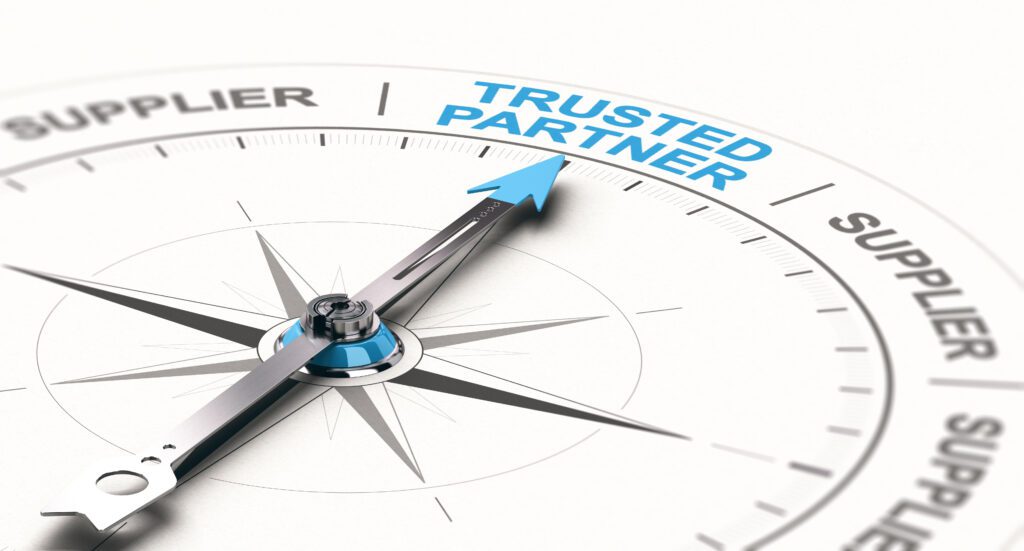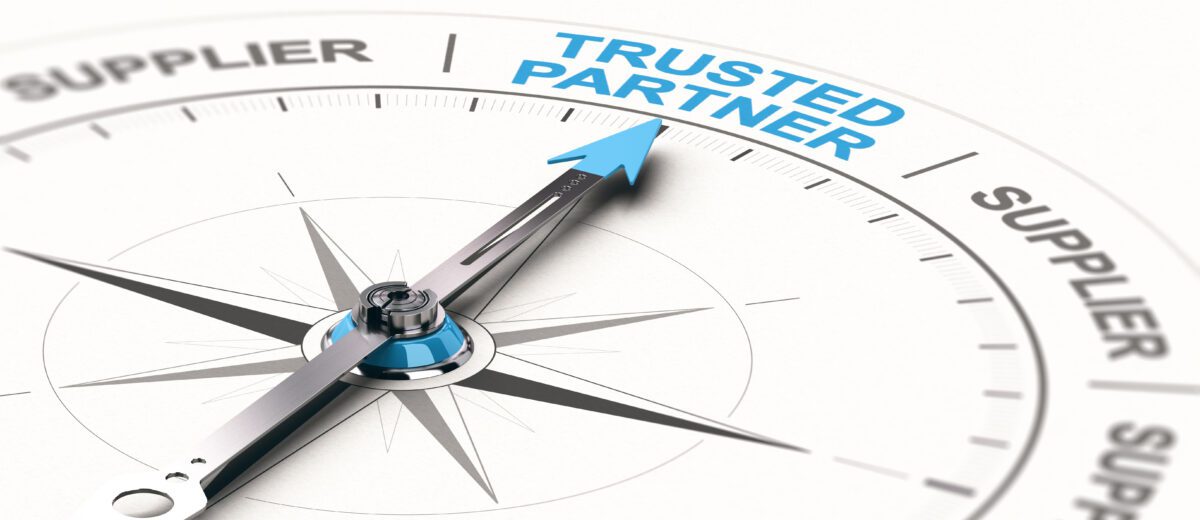The Invisible Hand of Branding: Steering Behavioral Pricing Strategies

In today’s fast-paced market, the power of branding has never been more critical. It’s the silent force that can significantly influence purchasing behavior, nudging consumers toward your products and services in ways you might not have imagined. A strong brand can be your greatest ally in the complex dance of behavioral economics and pricing strategies.
The Psychological Leverage of Branding
At its core, branding is more than just a logo or a catchy slogan; it’s the emotional and psychological relationship between a company and its customers. This relationship is where the magic happens, influencing not just what people buy, but how they feel about their purchases. A strong brand can create a sense of belonging, trust, and loyalty that transcends the product itself.
The Numbers Speak
Recent studies have shown that consumers are willing to pay a premium for brands that they trust and feel connected to. According to a 2023 survey, over 60% of consumers said they would pay more for a brand that delivers quality and consistency. This willingness to pay more is a direct testament to the power of branding in influencing consumer behavior and pricing flexibility.
A Tale of Two Brands: A Case Study
Consider the classic rivalry between Coca-Cola and Pepsi. Despite the similarities in their products, Coca-Cola has consistently managed to command a higher market share and, often, a slight price premium. (According to Ad Age, Coke trademark brands (Coca-Cola, Diet Coke, Coke Zero Sugar) controlled 69% of the segment, while Pepsi (Pepsi-Cola, Diet Pepsi and Pepsi Zero Sugar) captured 27%.) This success can be attributed to its branding efforts, which have focused on creating an emotional connection with consumers, associating Coca-Cola with feelings of happiness and togetherness. This emotional bond has proven to be a powerful factor in consumer decision-making, showcasing the impact of branding on pricing strategies and sales.
What You Can Do Today
- Audit Your Brand’s Emotional Appeal: Take a step back and evaluate your brand. Does it evoke positive emotions? Is there a clear value proposition that resonates with your target audience? Strengthening how you communicate these aspects can enhance your brand’s influence on purchasing behavior.
- Consistency is Key: Ensure that your branding is consistent across all touchpoints — online and off. A cohesive brand experience reinforces trust and can justify premium pricing.
- Engage and Connect: Use social media and content marketing to deepen your relationship with customers. Authentic engagement can transform your brand from a mere choice to a loyal companion.
Elevate Your Branding Game
The impact of branding on behavioral economics and pricing strategies is profound. It’s not just about the visual identity or the products but about the emotional and psychological ties that bind your brand to your customers’ hearts and wallets.
If you’re ready to delve deeper into how your organization’s branding can drive purchasing behavior and optimize your pricing strategy, let’s chat. Together, we can unlock the full potential of your brand, turning insights into action and connections into sales.
Remember, in the world of business, your brand is your voice, your handshake, your promise. Make it count. ~Elizabeth
